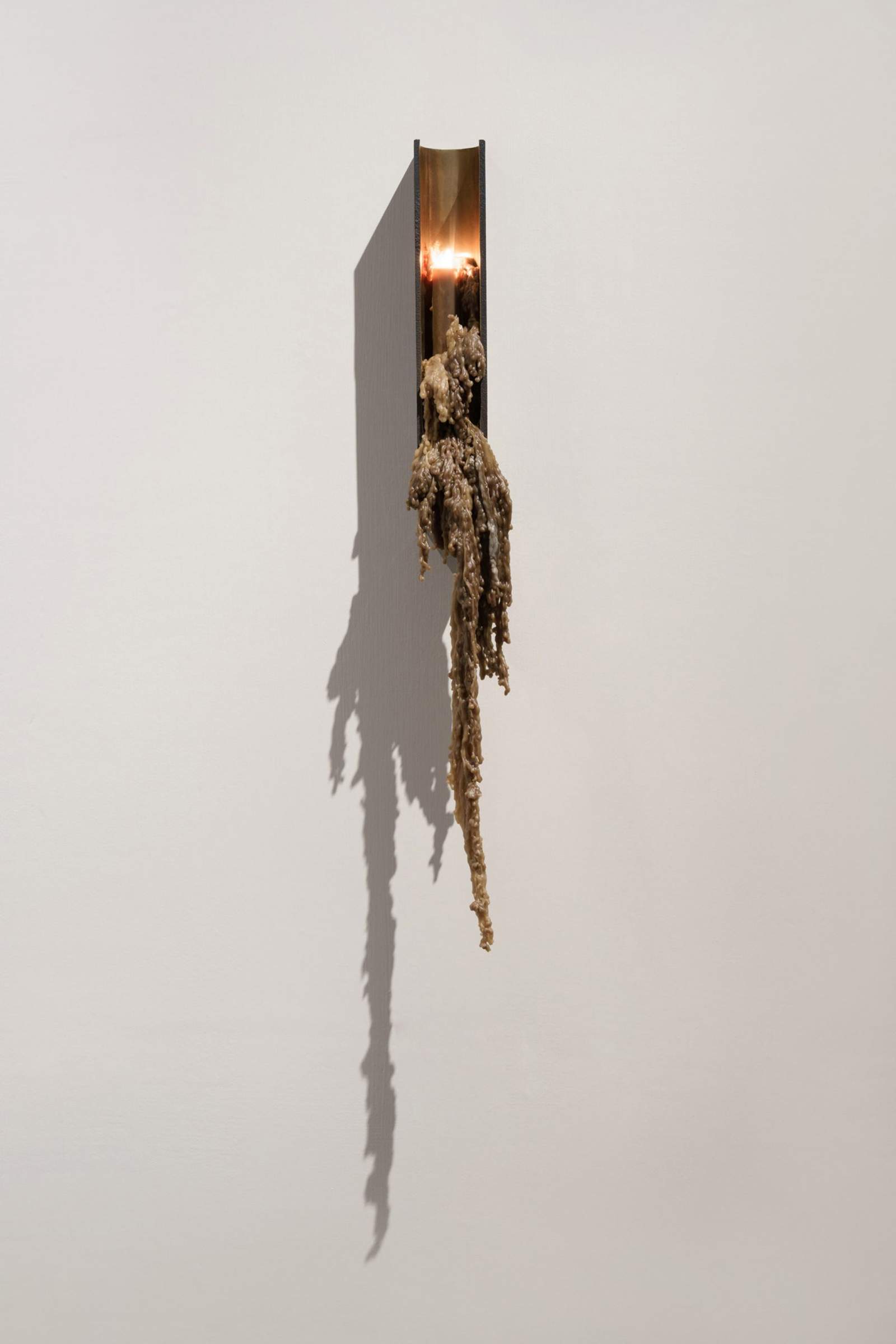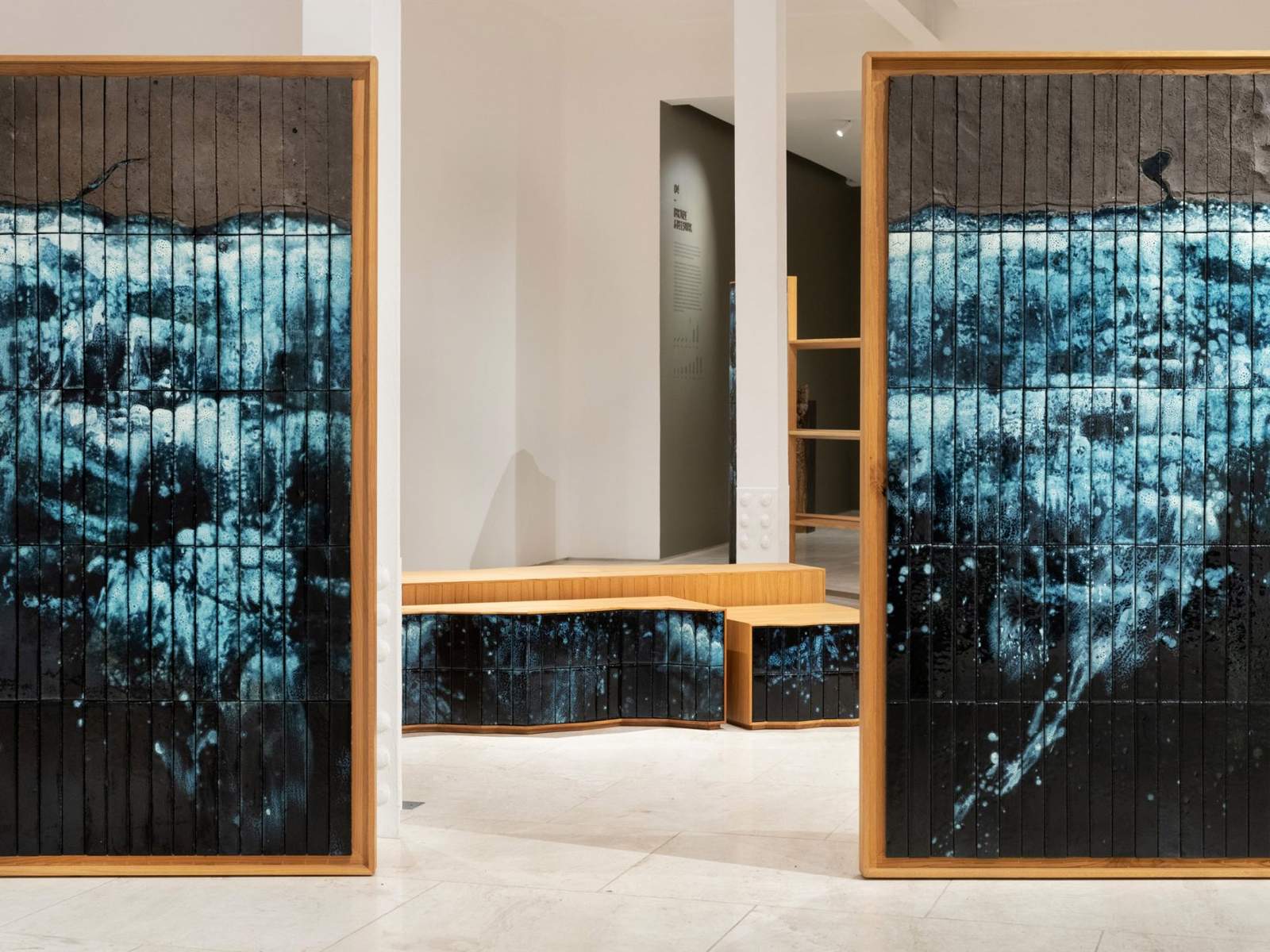French designer Noé Duchaufour-Lawrance showcased three distinct collections at the Demisch Danant gallery in Manhattan during NYCxDesign, emphasizing European vernacular craft traditions. The collections, part of his ongoing Made In Situ project, blend traditional craftsmanship with natural materials and processes, highlighting Duchaufour-Lawrance’s role as both a designer and a translator of artisanal practices.
The Concept and Approach
Noé Duchaufour-Lawrance’s Made In Situ collections derive from his immersive experiences in various small European communities, where he engaged deeply with local ecosystems and craft traditions. His design philosophy for these collections centers on allowing the material and the craftsman’s expertise to dictate the form and function of the final pieces, rather than starting with a preconceived design.
“My approach has been reversed,” explained Duchaufour-Lawrance. “The idea no longer creates the piece of furniture or the object; it is the practice of the artisan and his knowledge of the material, which determines or imposes it.”
In this process, Duchaufour-Lawrance acts as a bridge, interpreting and translating the vernacular traditions for a contemporary audience, ensuring that each piece reflects both the heritage and the unique characteristics of the materials used.
Chêne & Liège: Exploring the Oak Cork
The first collection, Chêne & Liège, includes furniture pieces such as chairs, shelving, and lamps, crafted from oak cork sourced from France. This collection underscores the ecological significance of cork oak trees, whose bark is crucial for forest fire resistance but must be periodically harvested to maintain the health of the trees.
Duchaufour-Lawrance worked with local lumberjacks, harvesters, and woodworkers to gather both healthy and burnt oak cork. The combination of these materials in the furniture pieces symbolizes resilience and renewal, reflecting environmental and social consciousness. The use of both burnt and healthy wood highlights the natural lifecycle and the interplay between destruction and regrowth.
“Together, the wood salvaged from the flames and the healthy bark create furniture of a paradoxical nature that is crafted with an awareness of social and environmental issues,” noted the gallery.
Azulejos: A Tribute to Portuguese Tiles
The second collection features azulejos, traditional Portuguese tiles, which Duchaufour-Lawrance painted and shaped in collaboration with Lisbon-based craftspeople. These panels, backed by wood structures that evoke maritime imagery, represent various points along the coastline from Brittany to Portugal, exploring themes of memory and the ocean’s influence.
An accompanying LED light installation with undulating blue hues enhanced the oceanic theme, creating a visual connection between the tiles and the sea. This collection not only pays homage to the rich tradition of Portuguese tile-making but also invokes the timeless relationship between human creativity and natural landscapes.
Beeswax Candle Holders: From Propeller Making to Wax Crafting
The final collection showcased beeswax candle holders of varying sizes, inspired by Duchaufour-Lawrance’s visit to a propeller factory in Peniche, Portugal. The forms of the candle holders echo the smelting processes observed in the factory, while the use of beeswax collected from different Portuguese beekeepers introduces a direct connection to nature.
These candle holders are designed to allow the wax to “solidify directly with the bronze” of the holders, creating a dynamic interaction between the materials. This melding of wax and bronze emphasizes the transformative nature of both materials and their combined aesthetic appeal. The gallery highlighted that one of these pieces sold with the wax still intact, underscoring the uniqueness and authenticity of the work.
Integrating Art, Craft, and Design
Visitors to Demisch Danant were greeted by a collection of graphic works dedicated to the Made In Situ project, offering insights into Duchaufour-Lawrance’s design journey over the past five years. These works provided context for the physical pieces, illustrating the designer’s commitment to merging traditional craftsmanship with contemporary design sensibilities.
Each collection within Made In Situ not only celebrates specific artisanal techniques and materials but also narrates a broader story of human interaction with the natural world. Duchaufour-Lawrance’s work exemplifies how design can honor tradition while pushing the boundaries of material exploration and artistic expression.
Conclusion
Noé Duchaufour-Lawrance’s exhibition at Demisch Danant during NYCxDesign exemplifies a profound respect for European vernacular crafts and the natural materials intrinsic to these traditions. Through his Made In Situ collections, he successfully bridges the gap between historical craft practices and modern design, fostering a deeper appreciation for the artisans’ skills and the ecological significance of the materials they work with.
By reversing his design approach to let the material and artisan’s expertise lead the creation process, Duchaufour-Lawrance has crafted pieces that resonate with both historical richness and contemporary relevance. His role as a translator between tradition and modernity offers a compelling model for future explorations in sustainable and meaningful design.
Photography: Lucas Creighton
Finally, find out more on ArchUp:










